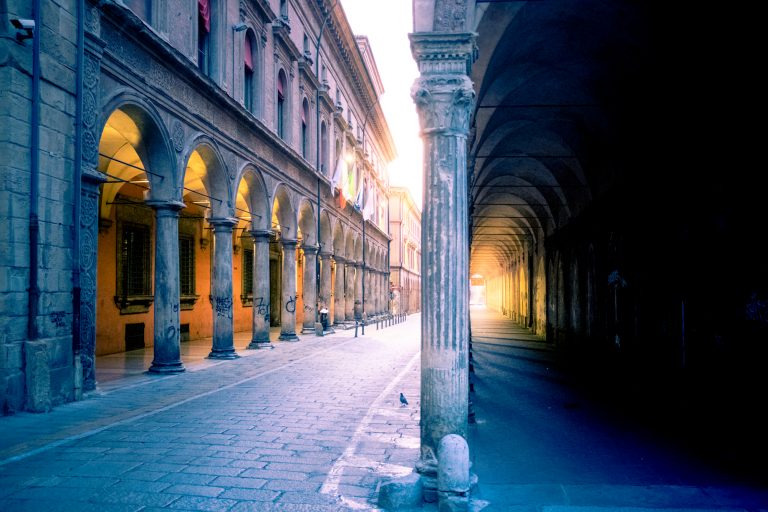It was 1993.
Our dorm in India had just installed a 10 foot satellite dish to catch the US cable channels and it was welcome change from the 1.5 channels of State run Doordarshan and it’s melancholia. CNN had just become the most popular channel to turn on 24×7 because of it’s coverage of the Persian Gulf War a year ago. Christiane Amanpour was everywhere.
We alternated between the melancholy of Radiohead’s Creep on MTV and the desolation of Amanpour’s coverage of the Siege of Sarajevo.
It is said that on average 300 mortar shells hit the city per day, during the siege period of 1992-1996, with the worst shelling taking place on 22nd July, 1993 when 3,777 mortar shells carpeted the city.
As Sarajevo has recovered over the past 2 decades, quite a few of the scars of the war have been removed, rebuilt, retouched. The reminders of war are slowly being erased in favor of a desire to move on.

The hundreds of thousands of mortar shell scars have been paved over with fresh asphalt, but a select few have been left behind. These craters on the city streets have been filled with a red resin, and are nostalgically called Sarajevo Roses. Some people think of them as a floral homage to the ones who died at the spot, some believe it reminds them of gaping wounds in the flesh of the city that will never heal.
We chanced upon one of the them near the old city center, in front of the Sacred Heart Cathedral – in plain sight of the throngs that were spending their Saturday fashion shopping. Another was in front of the secret kilometer long Sarajevo Tunnel that the locals had dug below the airport to facilitate transportation of supplies and ammunition. They are a sombre and impactful reminder of the scars of war, and a must see when you visit Sarajevo.




